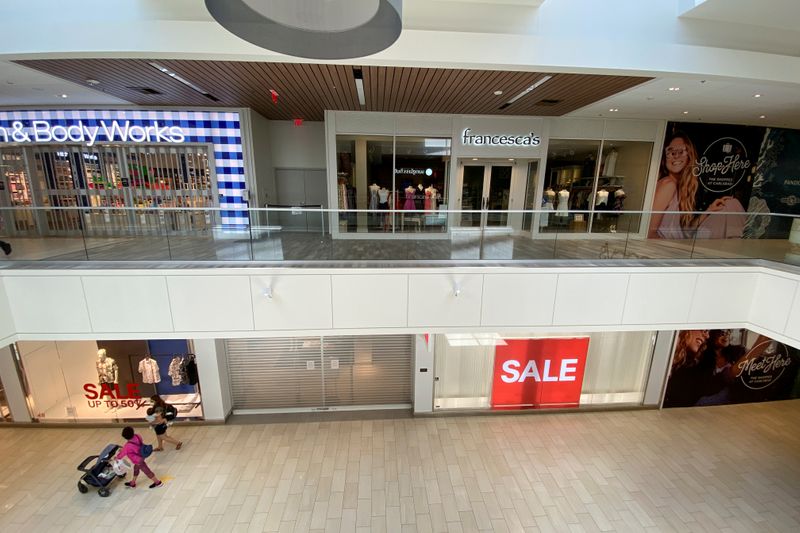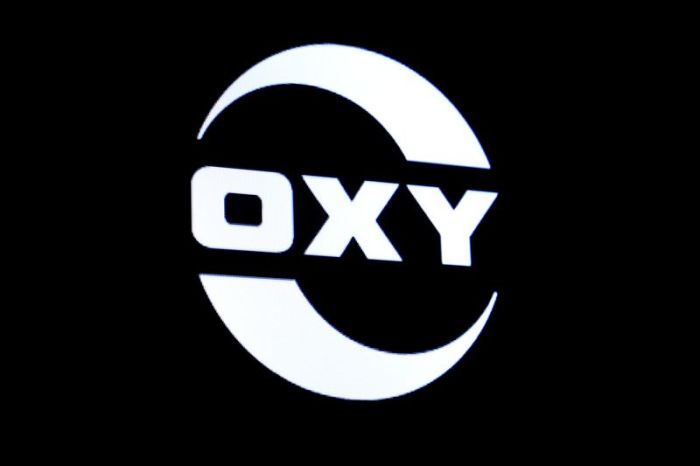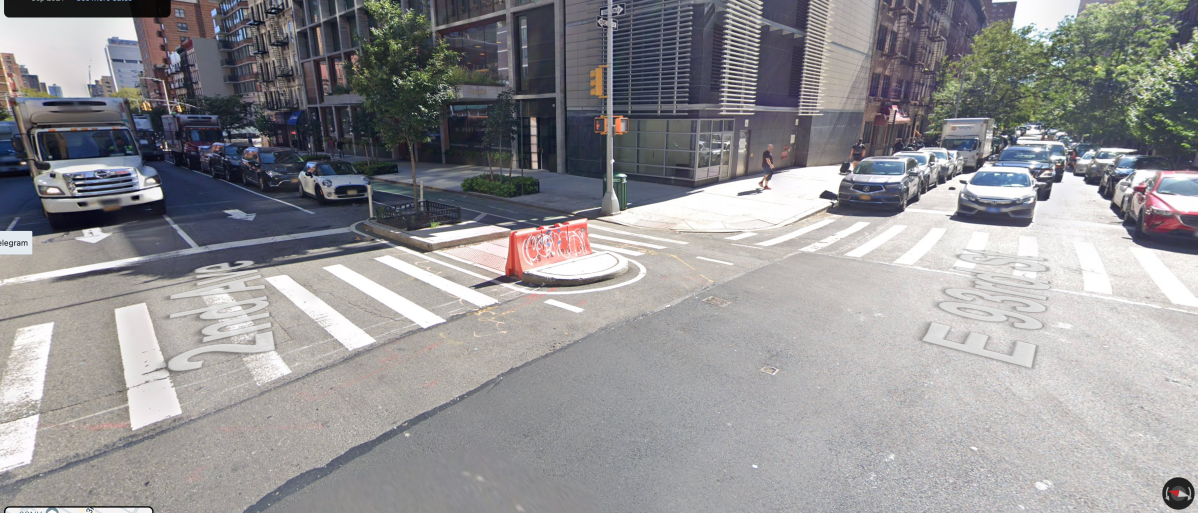WASHINGTON (Reuters) – The U.S. economic recovery continued to advance at a slow pace over the past week, with signs that businesses were still rehiring workers but also that a gusher of government assistance earlier in the year may have run its course.
Shifts worked at a variety of industries increased, and the pace of weekly shift growth through September moved back to 1% after falling over the summer, according to data from time management firm UKG https://www.kronos.com/about-us/newsroom/update-us-workforce-activity. Shifts across industries were approaching 95% of the levels at the start of the year, before efforts to control the spread of the coronavirus prompted widespread business closures in the spring.
Employment in real time: https://graphics.reuters.com/USA-ECONOMY/REOPENING/gjnvwxamxpw/chart.png
Estimates of retail traffic based on cellphone data moved above their March 1 level, before a state of emergency was declared, according to information from Safegraph https://www.safegraph.com/dashboard/covid19-commerce-patterns.
Estimates of national retail foot traffic from Unacast https://www.unacast.com/covid19/covid-19-retail-impact-scoreboard fell slightly when measured against levels from just before the pandemic. But the company’s analysis of 15 industries nationally showed visits were just 4% below where they were in 2019 for the week ended Sept. 26.
Retail in real time: https://graphics.reuters.com/USA-ECONOMY/REOPEN/yzdvxxyzlvx/chart.png
Job openings data from Chmura http://www.chmuraecon.com/blog Economics and hiring site Indeed https://www.hiringlab.org/2020/09/30/job-postings-through-sept-25 showed companies continued adding jobs, with postings on Indeed now 17% below 2019, the smallest gap since late March.
Those slight signs of improvement in high-frequency data, however, appeared against a much more uncertain backdrop.
So far, the U.S. rebound from the coronavirus-triggered recession has kept steadily on track. The third quarter, covering the July-September period, is expected to show the largest ever annualized jump in U.S. gross domestic product, somewhat offsetting the epic collapse from March through June.
Job growth averaged more than 2.5 million per month through the late spring and summer, and new data on personal spending for August released on Thursday showed a larger-than-expected increase.
But cracks may be showing. The U.S. employment report for September, which is due to be released on Friday, is expected to show a slowing pace of job growth, with the economy still 11 million jobs short of the February level.
The U.S. Department of Labor reported on Thursday the number of people receiving unemployment benefits after an initial week of aid fell by nearly a million for the week ended Sept. 19, but that still left 11.7 million people receiving the benefits – more than seven times the number from a year ago.
And despite a $141 billion increase in personal spending in August, disposable personal income fell by nearly $571 billion as enhanced unemployment benefits expired – evidence the cash buffers many families built with those benefits may be quickly exhausted.
Estimates of overall economic growth have generally been improving. A weekly New York Fed https://www.newyorkfed.org/research/policy/weekly-economic-index#/interactive estimate of GDP growth for the next 12 months has been rising steadily. The Atlanta Fed’s rolling forecast of third-quarter annualized growth is now 34.6% after it was revised more than 2.5 percentage points higher due to recent data.
NY Fed Weekly Economic Index: https://graphics.reuters.com/USA-ECONOMY/WEI/xklpyzdyyvg/chart.png
A broad index of the recovery from Oxford http://blog.oxfordeconomics.com/topic/recovery-tracker Economics moved to its highest level since the week the state of emergency was declared in mid-March.
Oxford Economics Recovery Index: https://graphics.reuters.com/USA-ECONOMY/OXFORDINDEX/rlgpdlnyepo/chart.png
But it is still 18 percentage points below the start of the year, a major hole left to fill. It’s a hole, moreover, concentrated among less skilled workers and lower-wage earners for whom the end of government benefits may, some analysts fear, touch off a wave of apartment evictions or loan defaults, and broader economic stress.
Data on restaurant bookings from OpenTable https://www.opentable.com/state-of-industry and on small business employment from Homebase https://joinhomebase.com/data have both stalled, indications that, for parts of the economy, jobs and growth will not return as quickly as for others.
U.S. lawmakers and the Trump administration are still debating further stimulus efforts, and the outcome of those negotiations will shape whether the fourth quarter keeps the recovery on track or throws it into reverse.
“With economic momentum cooling, fiscal stimulus expiring, flu season approaching, and election uncertainty rising, the main question is: How strong will the labor market be going into Q4?,” wrote Gregory Daco, Oxford’s chief U.S. economist, referring to the arrival of the cooler months when health experts worry the pandemic may intensify.
“While high-income households can be forgiven for thinking the recession is over, the economy is still clawing out of a deep hole,” Daco said.
(Reporting by Howard Schneider; Editing by Paul Simao)
























